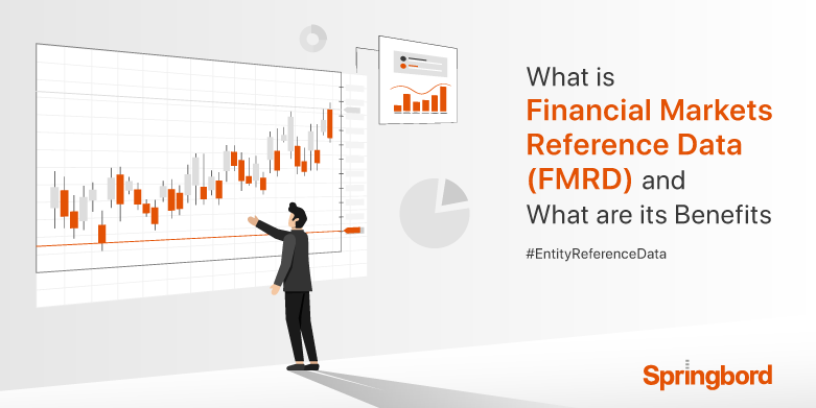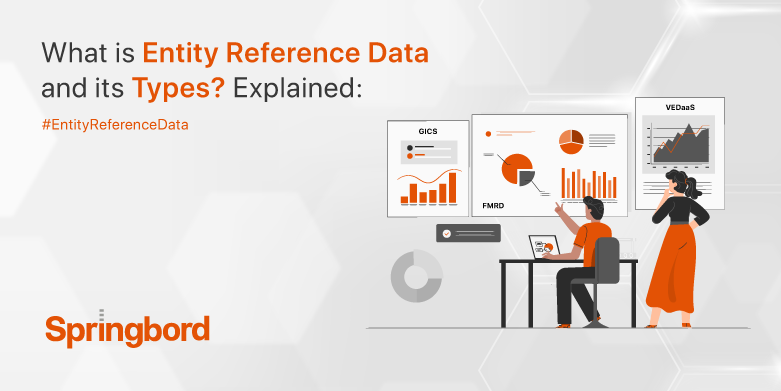 Read time 2 min
Read time 2 minBefore we start learning about Financial Markets Reference Data (FMRD), let us first get to know what entity reference data is. Static and dynamic data that categorizes and describes the attribute of financial instruments is known as entity reference data. To identify the risk involved and the performance of your business, and to evaluate the capital and corporate structure, entity reference data is crucial. Entity reference data that is accurate and precise will help in every financial operation.
We now hope that you have understood entity reference data. Let us now walk you through Financial Markets Reference Data (FMRD), which is one of the types of entity reference data.
Financial Markets Reference Data (FMRD)
FMRD, abbreviated as Financial Markets Reference Data, provides extensive reference data information at the venue level. It lets you view identifiers, hierarchy, and regulatory details for exchanges, submarkets, and contributors and also shows market events and price ladders. The market events that FMRD offers include various training sessions such as regular trading, auction, pre-open, post-close timings, and holidays (full day and partial day closure). The price ladders of FMRD contain information about the tick size and lot size ladders.
The service offers 2 unique yet complementary packages. They are as follows:
1. The Standard package, also known as the Basic package, contains reference data information for the financial market. This includes identifiers, descriptions, regulatory flags, and various counterparty-linked data. Settlement organizations are one good example of this package.
2. The Premium package includes information about trading sessions, tick-size ladders, and holidays.
Features and benefits of Financial Markets Reference Data
Financial Markets Reference Data comprises extensive market-related reference data for exchanges and venues. The data model is uniform with the marketplace. So, the information is covered at the granular level, enabling better visibility of market operations.
Want to access bulk feeds? No worries! With API and daily delta files, bulk feeds are made available and can be easily accessed. The daily updated feeds are available from Monday to Sunday, so the services eliminate the need for manual checks. What is more? You can simplify and streamline user ingestion and internal distribution to leverage the standardized JavaScript Object Notation (JSON) format.
You can gain access to global trading session times and market holidays thanks to the bulk solution. In addition to this, tick ladders and individual quotes to ladder relationships are updated on a periodic basis. The Symbology service that comes as a supplementary provides identifiers that support navigation from instruments and quotes to contents of Financial Markets Reference Data.
All the services are stored and accessed via an API connection that is hosted within the Amazon Web Services (AWS). These Amazon Web Services come with inherent scalability and redundancy benefits. Also, the bulk files are delivered in JSON format to ease data interpretation and ingestion into applications and workflows of clients.
Conclusion
With Financial Markets Reference Data, you can easily manage frequent changes to session times, market holidays, and tick ladders by offering a timely, automated feed. This feed constitutes everything that your trading platform or security master needs. FMRD also ushers in mitigating potential operational risk and allows you to focus more on productive, value-added tasks.
Erroneous entity reference data can severely affect the growth of your business and put your operations in jeopardy. So, to avoid such situations, you can prefer to outsource your entity reference data tasks to an expert consultant like Springbord. We holds decades of experience in efficiently handling reference data. Talk to us today to know how our services can help your business thrive.








